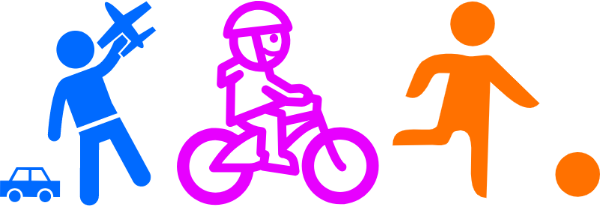Child-friendly neighbourhoods



Meet the Street

Summary
The street-children and the school-going children will shift their roles for a single day. The school-kids will gain understanding of the street children’s conditions and then there will be entertainment by playing on the streets. Whereas, street-children will get the opportunity to go to school for once and see how classes are run.
Context
Bangladesh is a poor and over-populated country. It has more than 140 million inhabitants, 55 million of which are less than 18 years old, and a high urban population growth rate (over 6% p.a. for the last two decades). There is increased poverty in urban areas (out of Dhaka’s population of 9.3 million, an estimated 5 million live below the poverty line), with 90% of the urban poor living in single room very poor quality accommodation. In addition, thousands of poor children in Dhaka are homeless and live on the streets, and during daytime they run around looking for alms. Most of them live through begging money or sometimes as street urchins. They cannot afford to buy three meals per day and are seen as wearing torn clothes searching for some alms from the people waiting in the traffic jams because of the hectic traffic. Education for them is a luxury that they cannot afford. But to top it all, by using the street all day by looking for alms, these children are the most vulnerable group from a road safety perspective, and accidents involving them have become very common in the city. For example, already in the first week of 2019, two garment workers were hit by a rushing bus and were killed instantly. The real street dwellers are these children, and therefore they deserve some attention from a road safety perspective.
Transformational measures and activities
Students, basically children below 13 years of age, will shift their role with street urchins of Dhaka for a day. They will go to the street and see how the street children live and interact with their parents with some token gifts for their children. Then they will go to the street together and will have entertainment and fun making a statement that these poor street dwellers also need to be integrated within the society. They will play on the street with toys and tools and will sing together on the roadside, thus having a “merry-making” event. On the other hand, the street children will get the chance to attend school for a day and will have a unique experience that they never had before and will possibly never have in the future. At the end of the class, they will join with the schoolchildren on the street.
Results
- The students will enjoy this is a day of enjoyment on the street for them and will get the chance to create friendships with the street dwellers, breaking the barrier of economic disparity.
- As the street children never had any opportunity to go to school, by going there they will be motivated and some of them might be encouraged enough to convince their parents to go to the “free school” instead of searching for alms.
- As the children will enjoy the street, this will send a message to the city dwellers and the authority about the urgency of a child-friendly road environment too.
   |
  |
   |